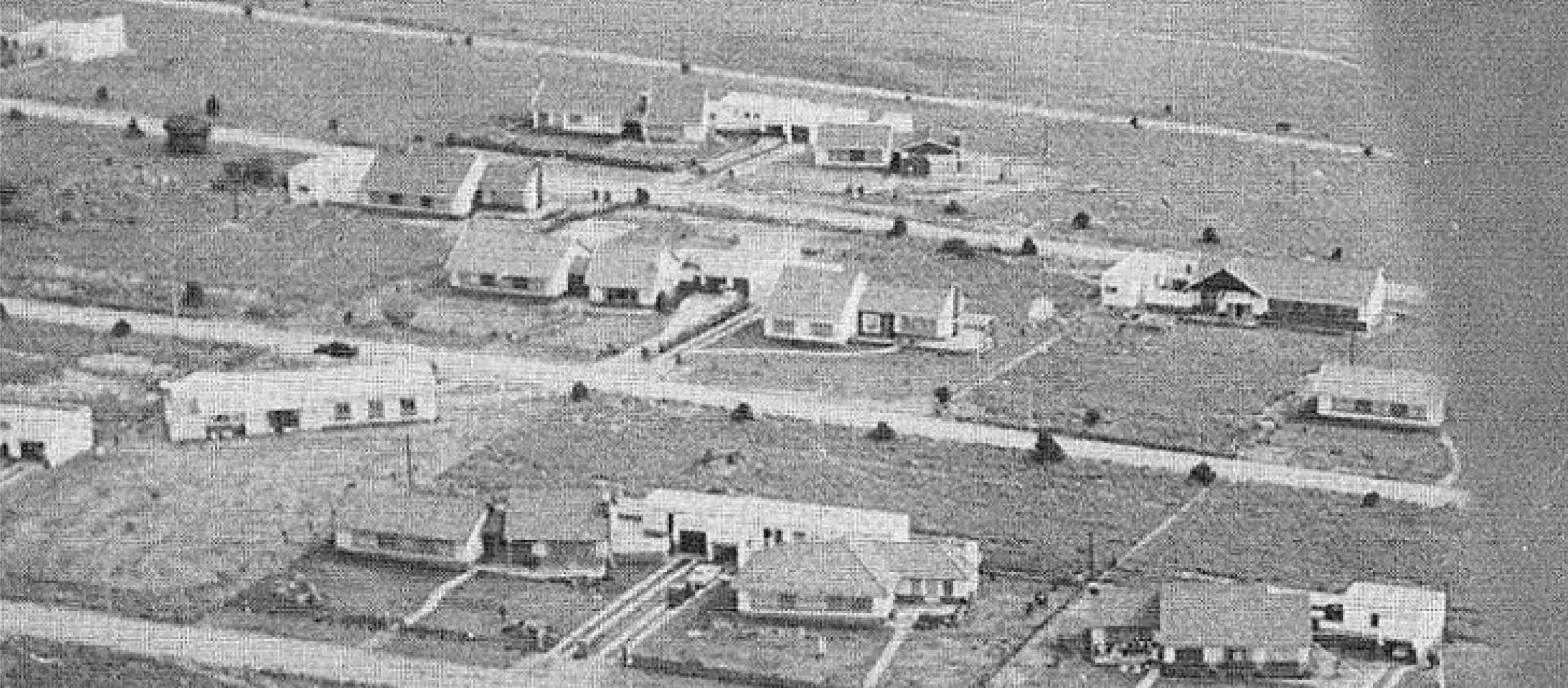A JOURNEY OF TWO ROADS
Named after Africa’s richest square mile, Sandton Drive is one of the most popular and integral parts of the city’s mapping route, previously known as a dirt road during the mining and farming era of the municipality,
The words ‘Sandton Drive’ were first documented in the 1970s when the road was upgraded and widened in conjunction with the development of Sandton City.
According to Property 24, the development of Sandton City was only permitted to go ahead if the developers, Rapp and Maister, upgraded the surround roads infrastructure. The road now runs from the United States Embassy right down to George Lea Park.
Sandton Drive made headlines recently when an application was proposed last year, as reported by the Sandton Chronicle, to rename the road Leila Khaled Drive. Khaled was a member of a resistance movement called the Popular Front for the Liberation of Palestine. There has since been no movement on the application.
During the early development of Bryanston by the former South African Townships Committee, the need for an easier, more direct route came about. In the late 1940s, Bryanston highway, later known as William Nicol Drive came to be.
The route was named after Reverend William Nicol, a newly elected governor of the Transvaal. Following his election as governor in 1948, Nicol became well known for his stance against the apartheid regime’s efforts to limit the educational opportunities for citizens of colour.
Nicol was in office for 10 years, he made an impact with regard to integrating culture with education with a model of learning aimed at educating people in their mother tongue, with English as a second language, the South African noted.
Today, the rush-hour route of William Nicol Drive connects the suburbs of Bryanston, Fourways, Hyde Park and Sandton.
In an effort to move forward from the period of oppression, an application to rename the highway went out in October 2018. It was proposed that the highway be named after South African icon Winnie Madikizela-Mandela.



